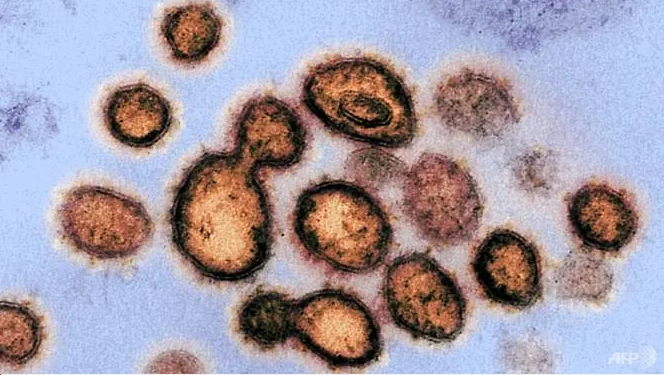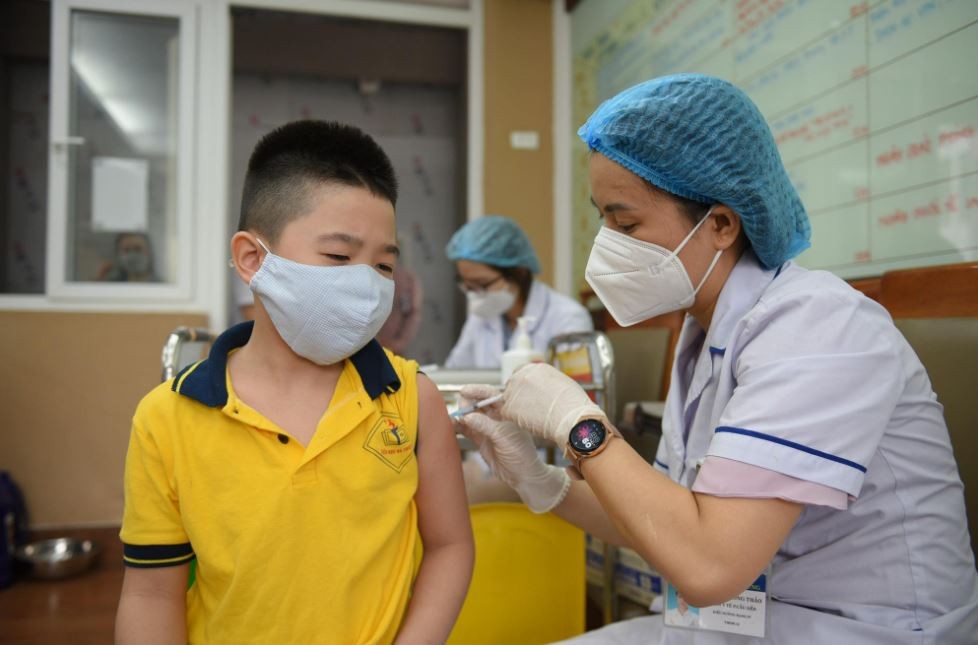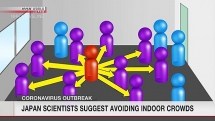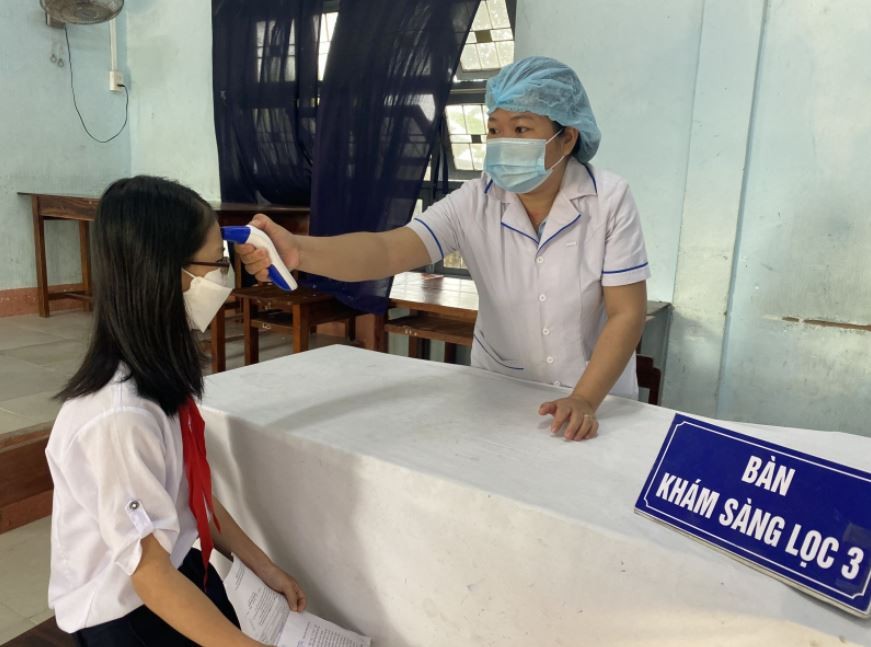How to ward off coronavirus in rooms and toilets
| Hong Kong confirms pet dog infected with COVID-19 | |
| How long can coronavirus survive on surfaces? | |
| COVID-19 outbreak: Japanese experts suggest avoiding indoor crowds |
 |
| An image of the SARS-CoV-2, the virus that causes COVID-19. AFP/Handout |
Based on what is known about similar coronaviruses, disease experts say the new outbreak of the virus, named COVID-19, is mainly spread from person to person through coughing or sneezing. Contact with fecal matter from an infected person may also transmit the virus.
The US Centers for Disease Control and Prevention says it may be possible for a person to become infected by touching a surface or object that has the virus on it and then touching their own mouth, nose or eyes.
On the other hand, the virus was killed by twice-a-day cleaning of surfaces and daily cleaning of floors with a commonly used disinfectant, which suggests that current decontamination measures are sufficient as long as people adhere to them.
The research letter was published in the Journal of the American Medical Association (JAMA) and comes after cases in China where the pathogen spread extensively through hospitals, infecting dozens of health care workers and other patients.
This led scientists to believe that, beyond catching the infection through coughing, environmental contamination was an important factor in the disease's transmission, but its extent was unclear.
Researchers at Singapore's National Centre for Infectious Diseases and DSO National Laboratories looked at the cases of three patients who were held in isolation rooms between late January and early February.
They collected samples from their rooms on five days over a two-week period.
The room of one patient was sampled before routine cleaning, while the rooms of the other two patients were sampled after disinfection measures.
The patient whose room was sampled before cleaning had the mildest symptoms of the three, only experiencing a cough. The other two had moderate symptoms: both had coughing and fever, one experienced shortness of breath and the other was coughing up lung mucus.
Despite this disparity, the patient whose room was sampled before cleaning contaminated 13 of 15 room sites testing, including their chair, bed rail, the glass window of their room, the floor, light switches.
Three of the five toilet sites were also contaminated, including the sink, door handle and toilet bowl - more evidence that stool can be a route of transmission.
Air samples tested negative, but swabs taken from air exhaust outlets were positive - which suggests that virus-laden droplets may be carried by air flows and deposited on vents.
"Significant environmental contamination by patients with SARS-CoV-2 through respiratory droplets and faecal shedding suggests the environment as a potential medium of transmission and supports the need for strict adherence to environmental and hand hygiene," the authors wrote.
SARS-CoV-2 is the official name of the pathogen.
The virus, which was first identified in China's Hubei province in December has now infected more than 95,000 people in 81 countries and territories, killing more than 3,200.
The World Health Organization said on Wednesday the mortality rate was 3.4 per cent, revising upward previous estimates.
It recommended following basic protective measures such as wiping down surfaces with a disinfecting wipe and increasing your hand hygiene practice./.
In topics
 Focus
Focus
Vietnam Covid-19 Updates (May 1): Daily Infections Fall to Nine-month Low of 5,109
 Focus
Focus
Vietnam Covid-19 Updates (April 29): 7,100 Cases, 79,000 Recoveries Reported
Recommended
 World
World
Pakistan NCRC report explores emerging child rights issues
 World
World
"India has right to defend herself against terror," says German Foreign Minister, endorses Op Sindoor
 World
World
‘We stand with India’: Japan, UAE back New Delhi over its global outreach against terror
 World
World
'Action Was Entirely Justifiable': Former US NSA John Bolton Backs India's Right After Pahalgam Attack
Popular article
 World
World
US, China Conclude Trade Talks with Positive Outcome
 World
World
Nifty, Sensex jumped more than 2% in opening as India-Pakistan tensions ease
 World
World
Easing of US-China Tariffs: Markets React Positively, Experts Remain Cautious
 World
World












